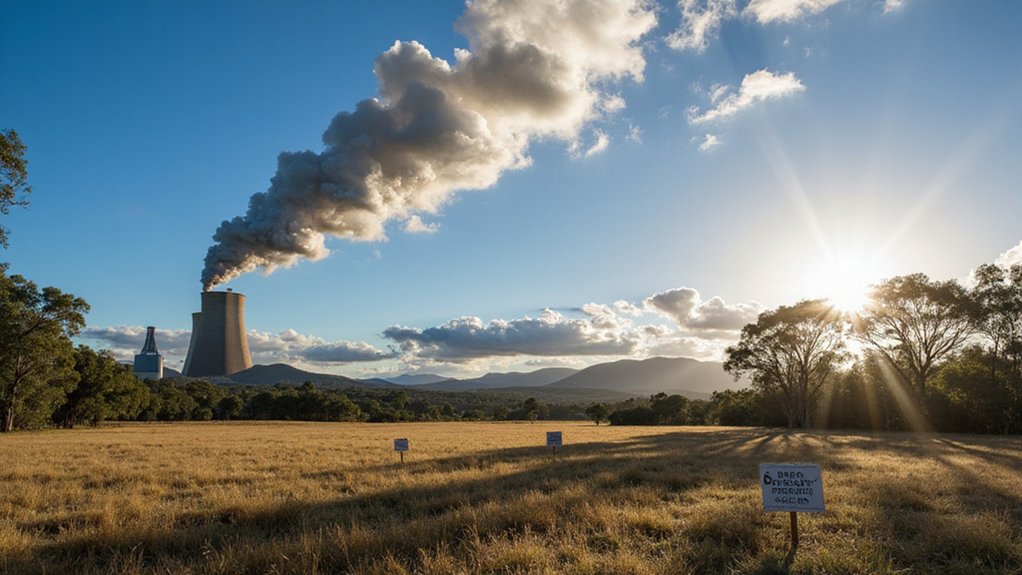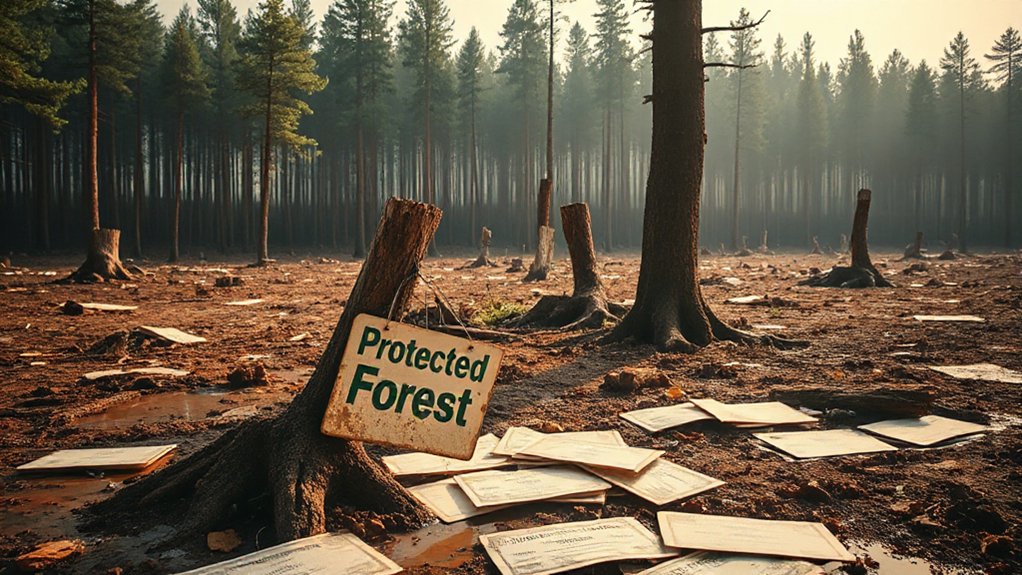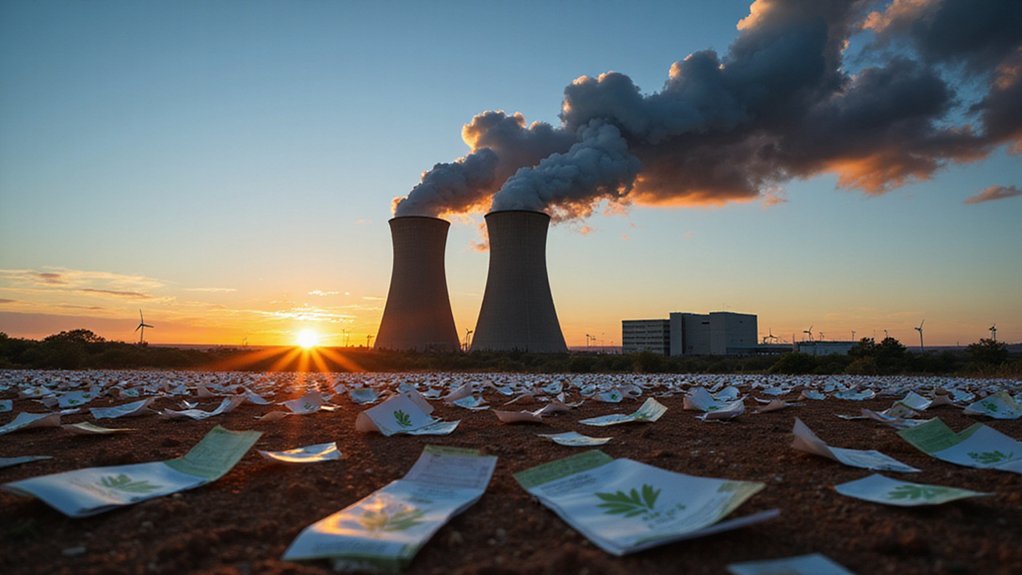Australia’s carbon credit system faces growing criticism. Major companies are buying credits instead of cutting emissions. The practice, known as offsetting, allows industrial polluters to continue business as usual. Environmental groups call many of these credits “junk” with little real climate benefit. Meanwhile, Australia’s greenhouse gas emissions keep rising. This raises questions about whether the nation can meet its climate goals while its biggest polluters simply pay to avoid making operational changes.
While Australia’s Carbon Credit Unit (ACCU) Scheme was designed to help reduce greenhouse gas emissions, recent findings suggest it might be falling short of its goals. The program allows companies to earn credits for projects that either reduce emissions or store carbon. Each credit represents one tonne of carbon dioxide equivalent that’s been avoided or removed from the atmosphere.
Large industrial polluters in Australia can purchase these credits when they exceed their emission limits under the Safeguard Mechanism. This system was created to control emissions from the country’s biggest pollution sources. However, data shows coal, oil, and gas companies are the main users of these offsets.
Instead of cutting their actual emissions, many companies simply buy ACCUs. This practice allows them to continue or even increase their pollution levels. Research indicates that many of the carbon credit projects don’t deliver real emission reductions. Some experts call these “junk credits” because they provide little genuine climate benefit.
Companies purchase carbon credits as a convenient loophole to maintain or increase pollution without making actual emission reductions.
The Clean Energy Regulator oversees the ACCU system, setting rules for how credits are created and traded. Projects must meet specific standards, but critics say loopholes in the system allow companies to game the rules. Investigations have revealed that up to 75% of ACCUs may not yield genuine emissions reductions, as they often come from projects claiming credit for avoiding deforestation in areas unlikely to be cleared. Third-party verification processes are essential to validate project designs and monitor results before credits can be issued. All transactions are tracked through national registries to guarantee accountability.
ACCUs provide extra income for project operators and create a market for carbon trading. Prices vary based on government policies and corporate demand. The Emissions Reduction Fund is the backbone of this trading system. The ACCU market has seen significant growth with record issuances of 17.7 million credits in 2022, suggesting increased participation despite effectiveness concerns.
A concerning trend is that Australia continues to approve new fossil fuel projects while relying on offsets to meet climate goals. This approach has been criticized for undermining the country’s international climate commitments.
The effectiveness of carbon credits remains questionable if they simply enable industries to avoid meaningful changes to their operations. For Australia to genuinely reduce its carbon footprint, experts suggest the focus should shift from offsetting emissions to preventing them in the first place.









